Every once in a while it’s time to return to basics here at Gardenerd. Our blog is filled with helpful hints for gardening, but we recently discovered that the basics for harvesting basil were not among those hints. So here they are.
Basil is a fragrant staple of the spring and summer garden. There are dozens of varieties to grow, but they all behave the same (at least all the annual varieties do). Basil is a member of the mint family, notable for its square stem. Harvesting is easily done by pinching leaves with fingers or cutting with shears. Here’s what to look for:
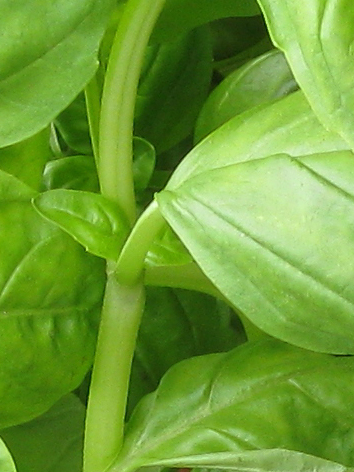
The main stem has leaves growing from it at joining points called nodes. From those nodes emerge smaller leaves, initially called buds. You’ll find two sets of leaves, or one bud, on either side of the main stem as basil grows. When larger leaves are harvested, these buds/smaller leaves have room to grow.
You can pinch individual leaves, but it’s best to harvest from the stem to encourage bushier, fuller growth. Use pruning shears for thick stems, or use your thumb and index fingernails to pinch where stems are thin.
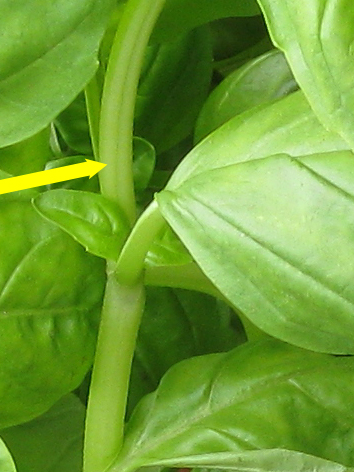
There will come a time when basil begins to send up flowers. Pinch back these flowers (and why not take a few leaves to enjoy at the same time?) using the above-mentioned technique to prolong leaf production. Once a plant goes to seed (flowers and sets seed) the leaves become more pungent, and some say too strong to use. It’s a matter of preference.
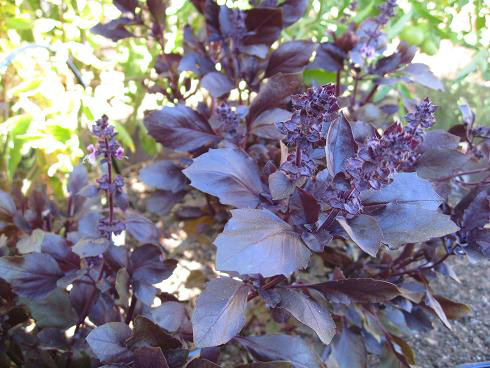
Eventually you won’t be able to keep up with flower production and your plant will have more flower stalks than leaves. Bees and other pollinators love the flowers, so give back to our hard working pollinators and let your basil go to seed. You can save the seeds (if you are growing an heirloom or open pollinated variety) once the seed heads turn brown and the seeds themselves are black. Then pull the plant and compost it.
That’s it! Now you know how to harvest basil for pesto, Caprese and so much more.

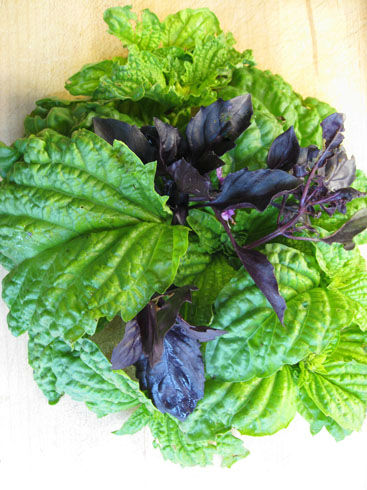
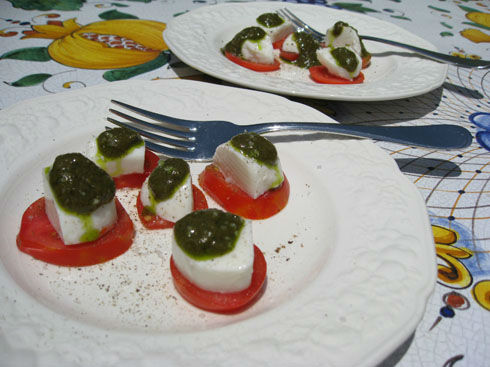
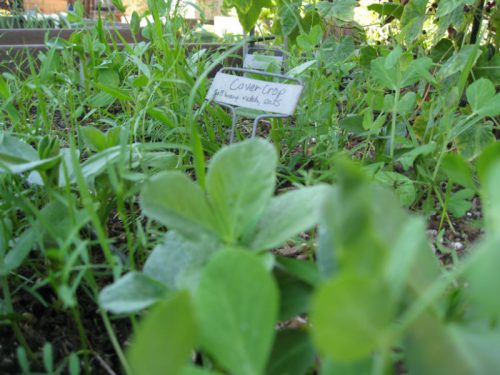
Pingback: YouTube: Pinching Basil - How to Do It Right and Why - Gardenerd
My basil plant from last year is coming back. Will the leaves be as good as those of a newly planted basil???
Thanks!
It depends on the variety. If it’s a perennial basil like an African or Thai basil the leaves will be consistent in flavor year after year. But if it’s an annual variety you may experience more pungent flavors in the leaves than when they were young. I’m a big fan of leaving plants in to return the following year, so give it a go and see how they taste.